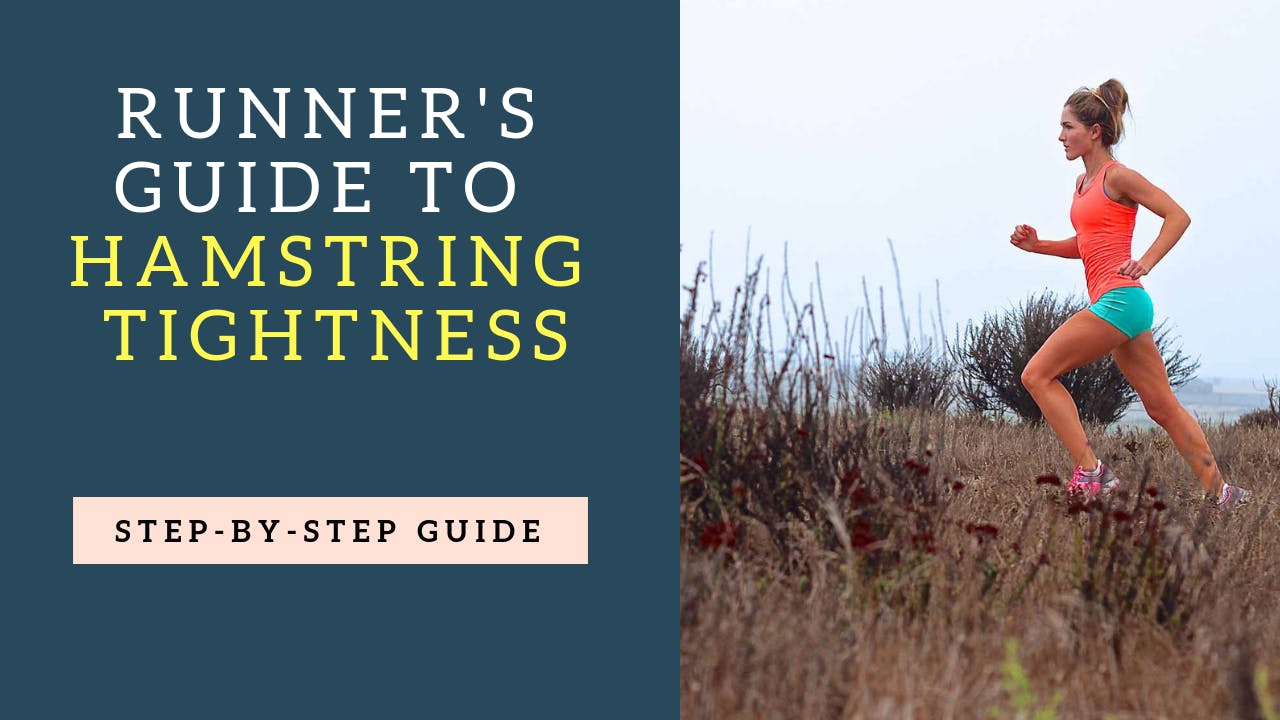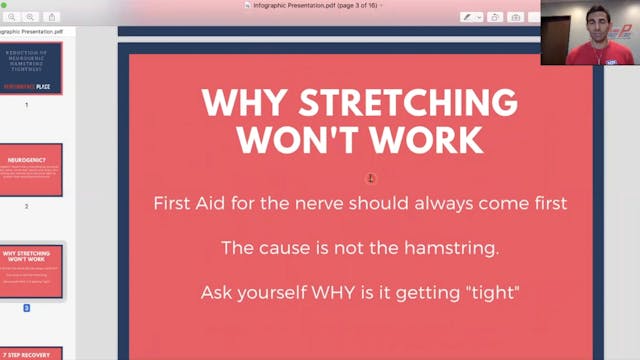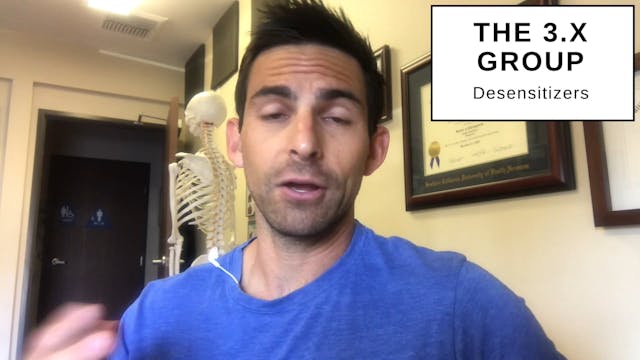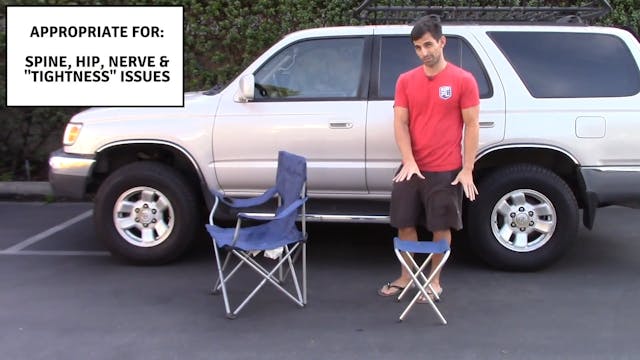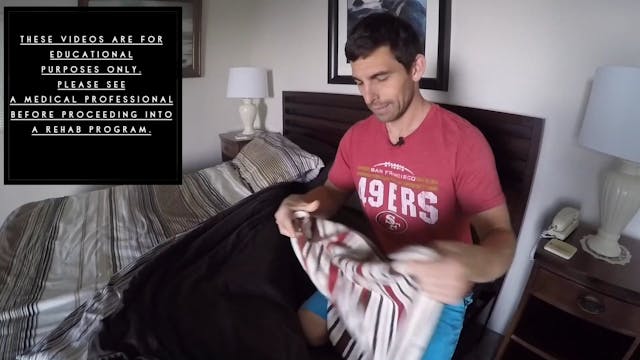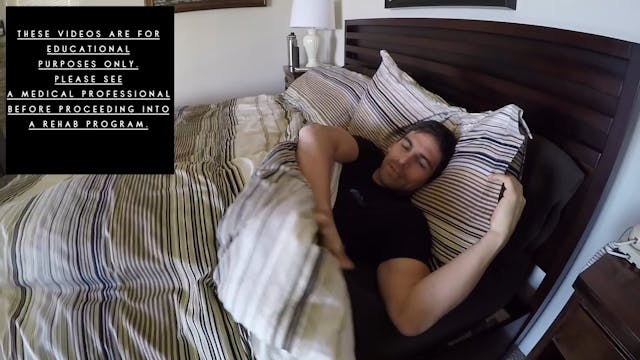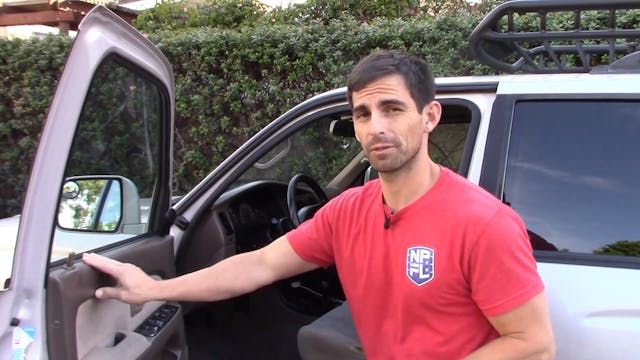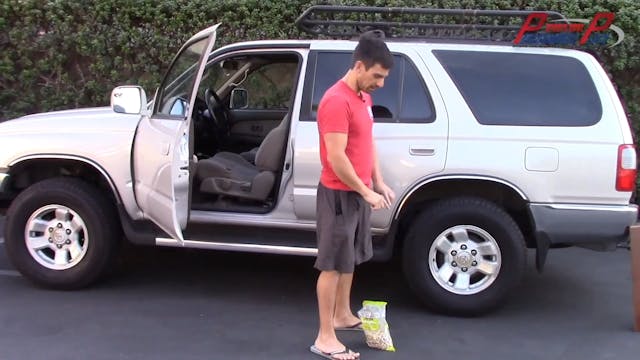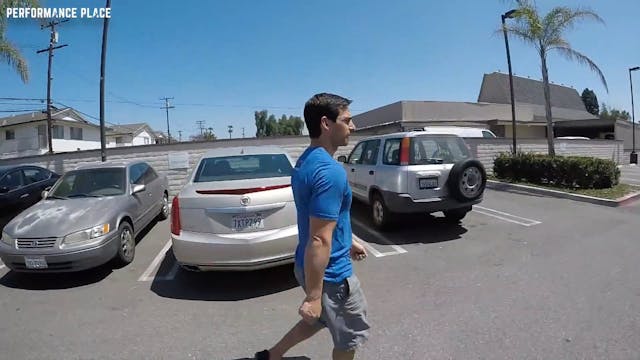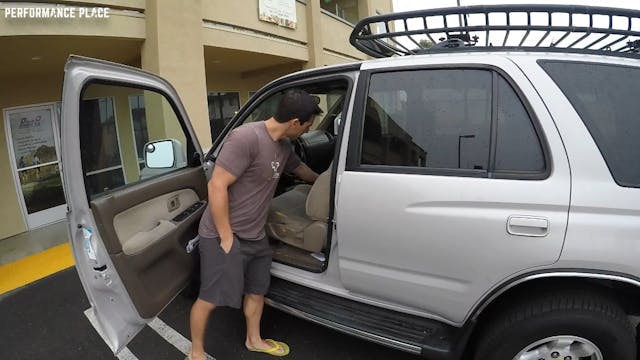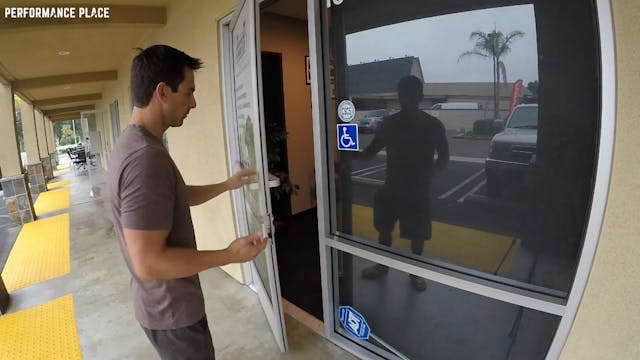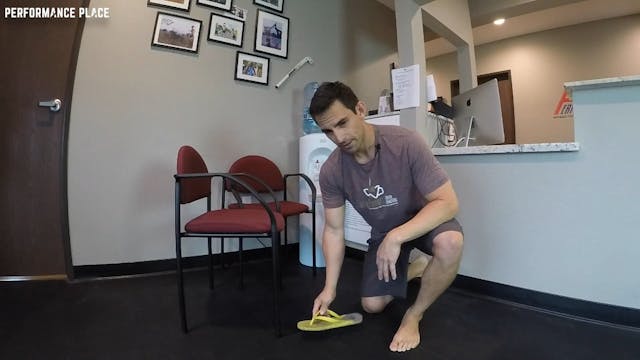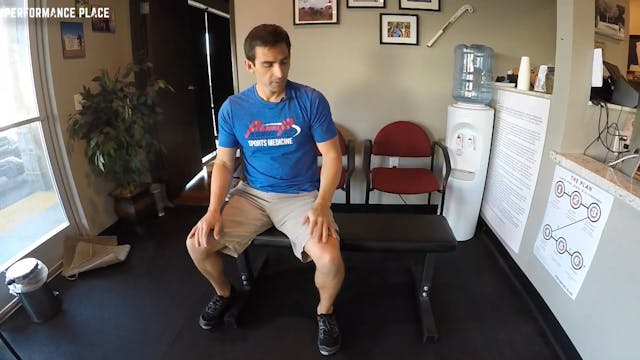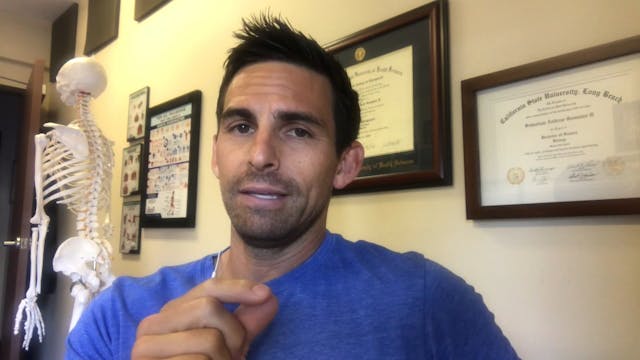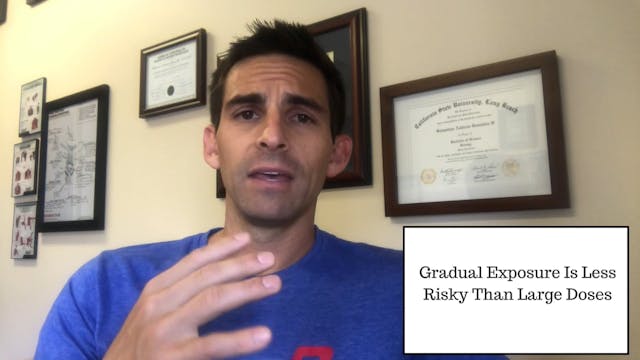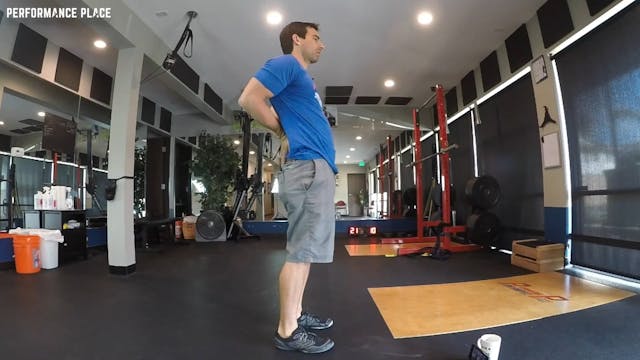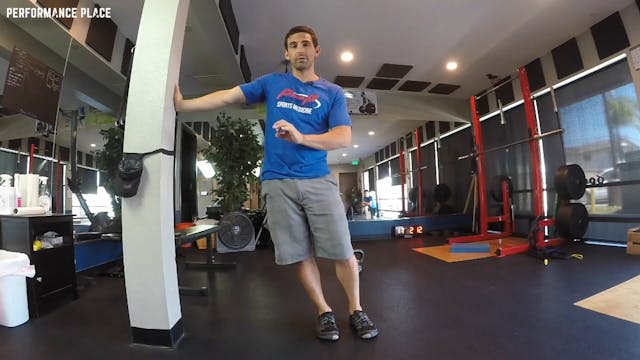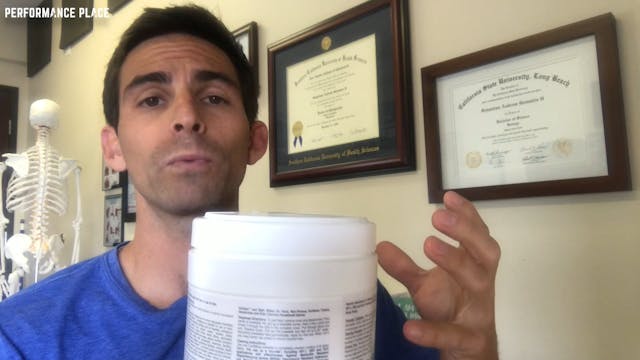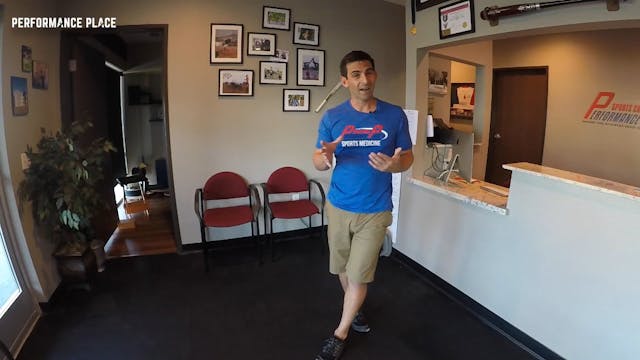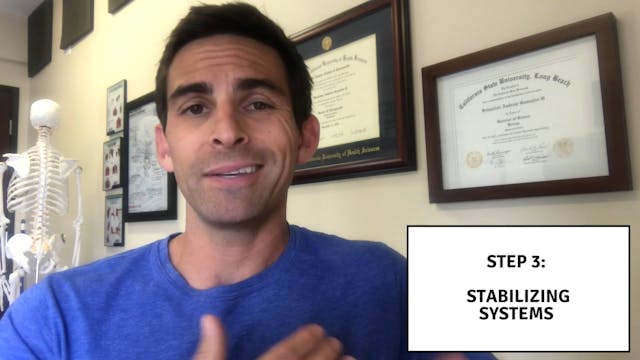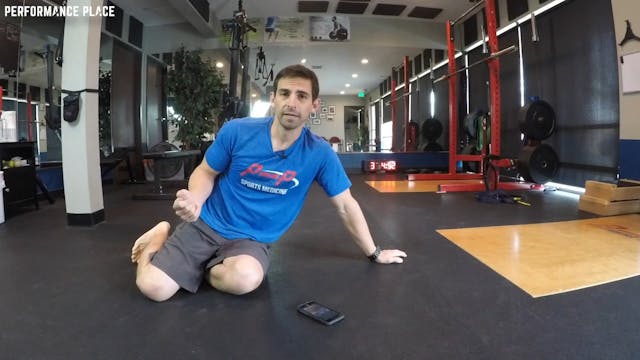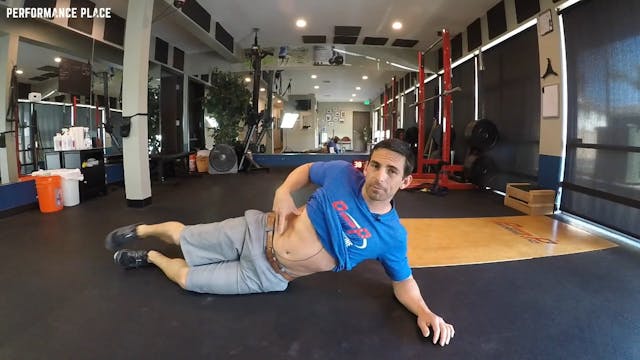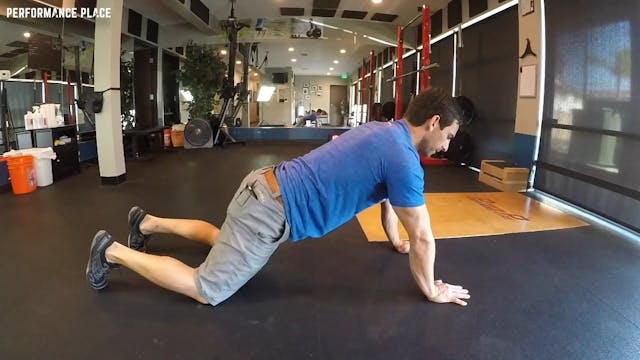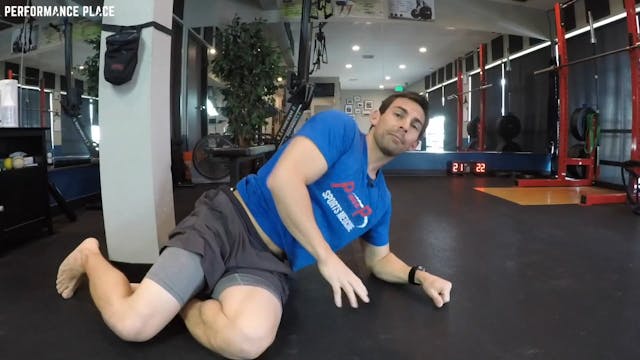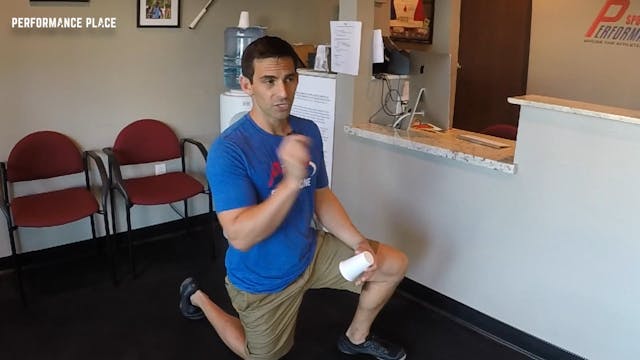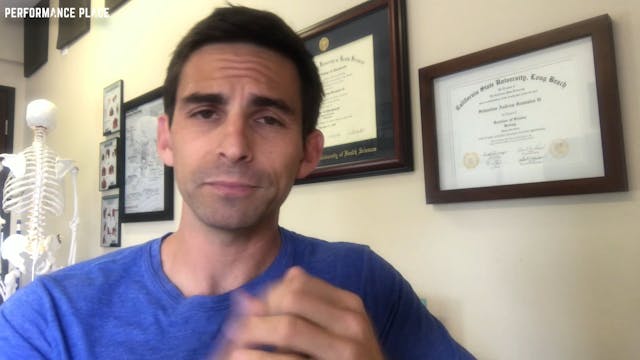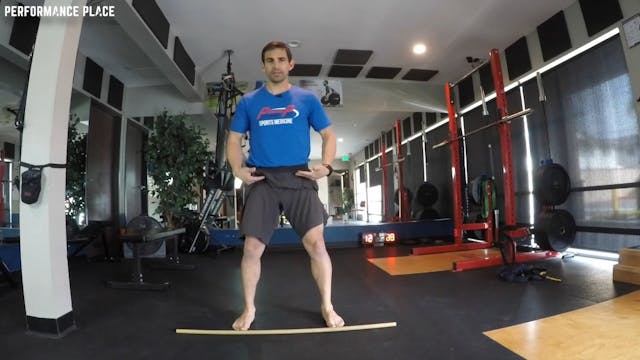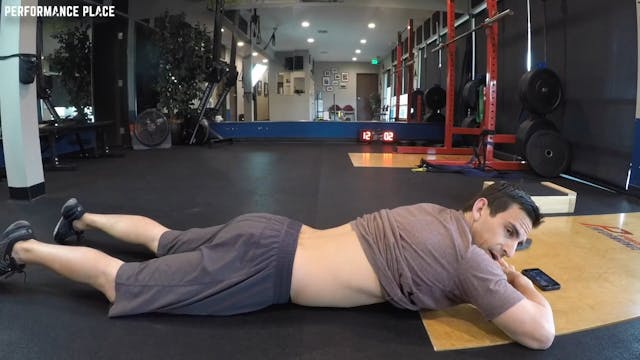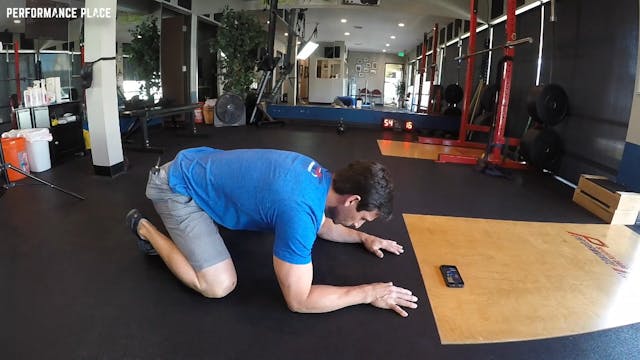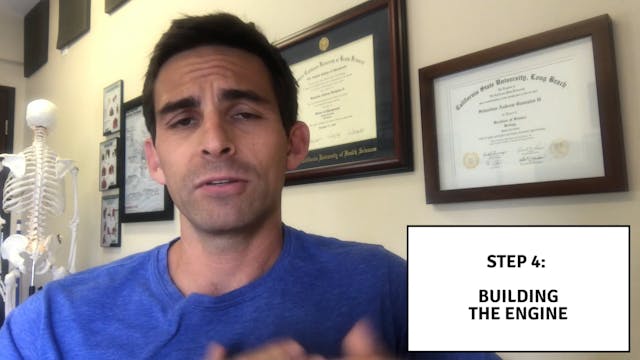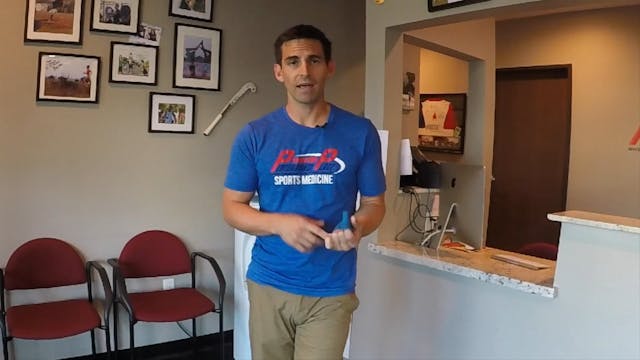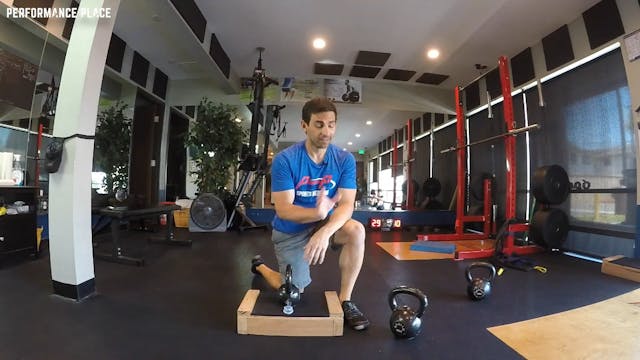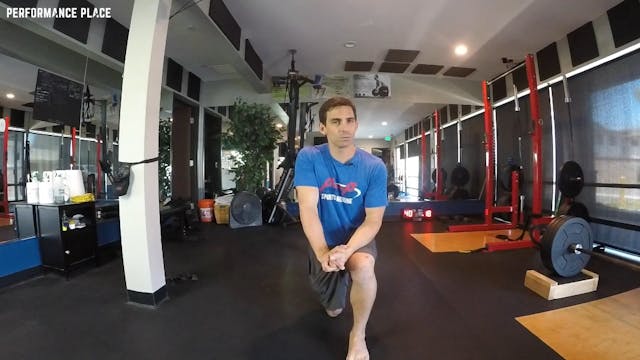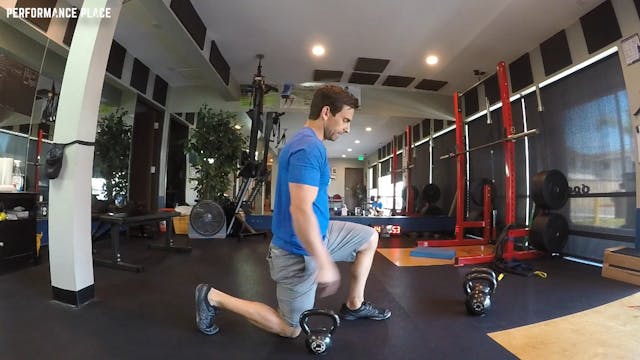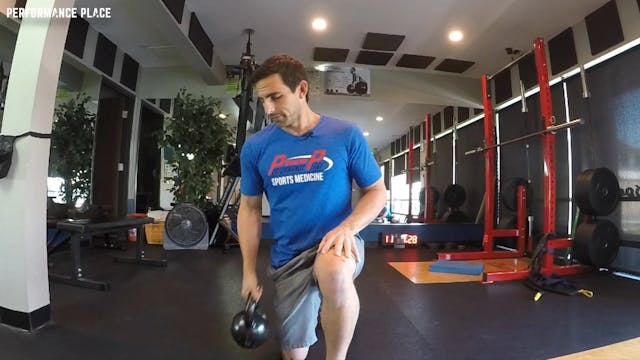Unlocking Chronic Hamstring Tightness In Just 4 Weeks
I know it might be hard to believe you can reduce chronic hamstring tightness by not stretching your hamstring. Sounds nuts right?! So, I’m going to show you just how easy it really is in this course.
I’ve found success in reducing hamstring tightness in my clients by not doing all of the things you’ve probably already tried. This course offers more than your standard "run-of-the-mill" rehab videos... you know what ones I'm talking about.
The courses that suggest things that your Grandmother would (rest, ice, heat, compress, stretch, be careful, etc)... ya this is nothing like those courses at all. If standard stretching would have worked for your hamstring, then it would have worked by now right?
In this course we cover the first four steps of my 7-Step Process.
Step 1: Reduce or Modify Hamstring
Step 2: Desensitize or Reduce the Threat
Step 3: Torso Stiffening Exercises
Step 4: Building the Human Engine
Why is this course only through the first four steps? Great question.
The truth is that Steps 3 and 4 require a graded exposure to daily efforts. There’s no magic here! Exposure to a weekly bout of purposeful exercises will force your body to adapt in a favorable way. When hamstrings become tight, as the miles go up, this is a poor adaptation to the milage stimulus. Don’t worry, mileage isn’t bad… just the way your body adapted to it at this point was.
This course take you through the process of reverse-engineering the poor adaptation that oftentimes creates an “overuse running injury.” This is a process that takes months even though most people feel a huge change much sooner.
Tightness is the first thing to go, even when the body is working to keep the tightness away, through the adaptation process.
Why is this course such a good deal?
Because you won’t be under my medical care in this course. I don’t want to be misleading in any way, so let me be clear. I won’t be responding directly to any emails or calls.
Why?
The fact that I’m not responding is what keeps the price affordable. I couldn’t possibility work at my clinic with patients all day and answer every email. Having my direct attention via emails would jump the price of the course and that wouldn’t help anyone right?
This is a video course with an affiliated manual that outlines everything in a step-by-step manor and contains every piece of information I know about hamstring tightness up to Step 4… LITERALLY EVERYTHING. It’s a killer deal. You’ll love it, I know you will!
Unsure of what to expect and hesitant to buy?
Yes, I get it... most people don't know what to expect, mainly because they've never seen these methods before. Without going into a long-winded explanation, just buy a course. It's all in there. If you think it's terrible then just return it for a 100% money back guarantee.
Dr. Sebastian Gonzales DC, DACBSP®, CSCS
- Clinical Director, Performance Place Sports Care®
- Host, "Restoring Human Movement" Podcast
- Contributing Writer for Bodybuilding.com
-
Hamstring Course - How to Use
-
Before You Start The Hamstring Course
-
Trigger Modification - Sitting
-
Trigger Modification - Setting Up For Sleep
-
Trigger Modification - Exiting Bed
-
Trigger Modifications - Car Set Up
Triggers are common daily activities that often times need improvement in movement quality to improve your condition faster.
-
Trigger Modification - Lifting Objects
-
Intermittent Walking for Rehab
Walking for periods (intermittent) throughout the day often times can greatly reduce hamstring, spine and hip triggers. In this video, we will cover how therapeutic walking should be performed, how often, why we are doing it and more.
-
Trigger Modifications - In and Out of Car
Triggers are common daily activities that often times need improvement in movement quality to improve your condition faster.
-
Trigger Modifications - Opening Doors
Triggers are common daily activities that often times need improvement in movement quality to improve your condition faster.
-
Trigger Modifications - Putting on Shoes
Triggers are common daily activities that often times need improvement in movement quality to improve your condition faster.
-
Trigger Modification - Flipping Positions in Bed
-
Desensitizer Intro
Desensitizer are you "control system." If the hamstring becomes tight, do one of these immediately.
The best bang for buck ones are:
- Crappy Push-ups (progression)
- Wall Slides
- Bracing techiquesI have people do these preemptively every waking hour of the day for the first few weeks.
-
Sensitivity Resets
Sensitivity Resets are ways to feel normal within just a few minutes. Finding this reset allows people to take more movement risks because they know they can feel better in just a few minutes if their experiment goes poorly. Find your rest.
-
Crappy Push Ups
This video covers one way we can decrease hamstring tightness within a few minutes in many cases. The reason this works is because the hamstring is not the issue, it's the nerves as they exit the spine. This exercise can be used to keep the nerve in good health and let the hamstring chill out. Th...
-
Wall Slides
-
Bracing & Why It Works
-
Shortstop Press
This is one desensitizer that I use for people who are having issues into the front side of the tight, the inner knee or lower back extension based discomfort. As you know, desensitizers are unique to each person so this doesn't work for every case.
-
Intro to Step 3 - Building Supportive Systems
Building the supportive systems will allow your "keg" to be resilient and resistant to ambient movement. Allow me to explain why step 3 is important.
-
Birddog Exercise
This exercise assists in building a "keg" that can withstand rotation and flexion forces we encounter with normal daily and athletic movements.
Couple this exercise with others in the stiffness section of the course and build a resilient core that can assist with recovery of neurogenic tight ...
-
Side Plank: Bridge Progression
This exercise assists in building a "keg" that can withstand rotation and extension forces we encounter with normal daily and athletic movements.
Couple this exercise with others in the stiffness section of the course and build a resilient core that can assist with recovery of neurogenic tigh...
-
Buttress Plank with Elbow Tap
This exercise assists in building a "keg" that can withstand rotation and extension forces we encounter with normal daily and athletic movements.
Couple this exercise with others in the stiffness section of the course and build a resilient core that can assist with recovery of neurogenic tigh...
-
90-90 Breathing/ Deadbug Progression
This exercise assists in building a "keg" that can withstand rotation and extension forces we encounter with normal daily and athletic movements.
Couple this exercise with others in the stiffness section of the course and build a resilient core that can assist with recovery of neurogenic tigh...
-
Dart Board Breathing
Add this bonus abdominal cue to get more from your resilient belly region.
The Lewit Exercise allow us to get more focal co-contraction of the "kegs" walls, including the top and bottom. Try this and you reach your anti-movement goals faster.
-
Breathing Verse Bracing
-
Hip Hinge Progression
The rotational squat trains the hip ball and socket joint to move a rebuilt torso region to restore human movement. Rebuilding athleticism after an injury requires restoration of tri-planar motion in ball and socket joints, like the hip and shoulder. In the hip hinge we are training the sagittal ...
-
Alligator Breathing
Breathing assists in building yet another supportive system for the abdominal region, spine, nerves, disc, hip joint, piriformis, hamstring and more. Breathing "low" into the hips helps with building pressure behind the abdominal wall, essentially unloading the abdominal wall (obliques, transvers...
-
Frog Breathing
Breathing assists in building yet another supportive system for the abdominal region, spine, nerves, disc, hip joint, piriformis, hamstring and more. Breathing "low" into the hips helps with building pressure behind the abdominal wall, essentially unloading the abdominal wall (obliques, transvers...
-
Intro to Step 4 - Building The Engine
After building the hips (the engine), we will be at a better "stop and take a breath" point. Allow me to explain why step 4 is important.
-
Mini Band Lateral Walks
This exercise is amazing at getting the engine (the glutes) idling and ready to move your body well. It's not specific to a side, which is great because this is one that I use to get both hips warmed up.
-
Deadlifting Technique
-
Squat Technique
-
Split Squats
-
Farmer Carry
-
Thank you!!!

